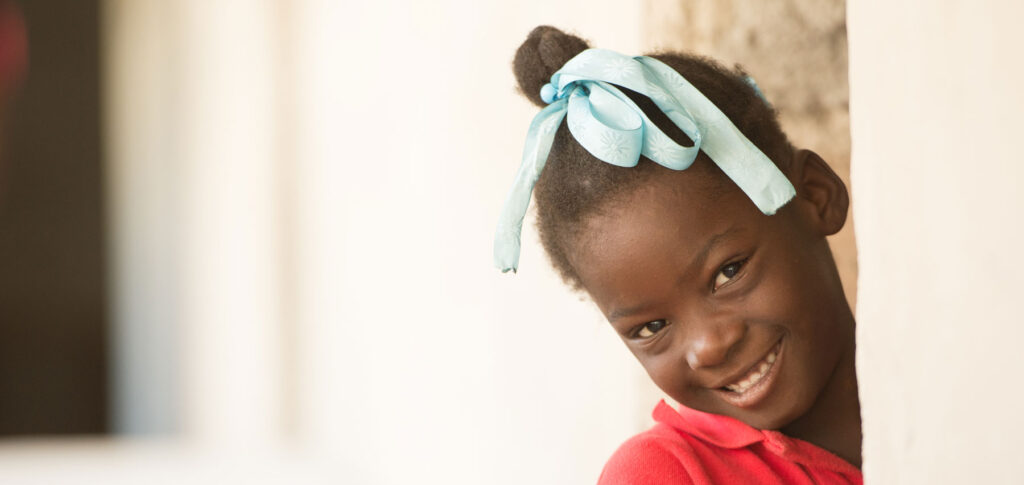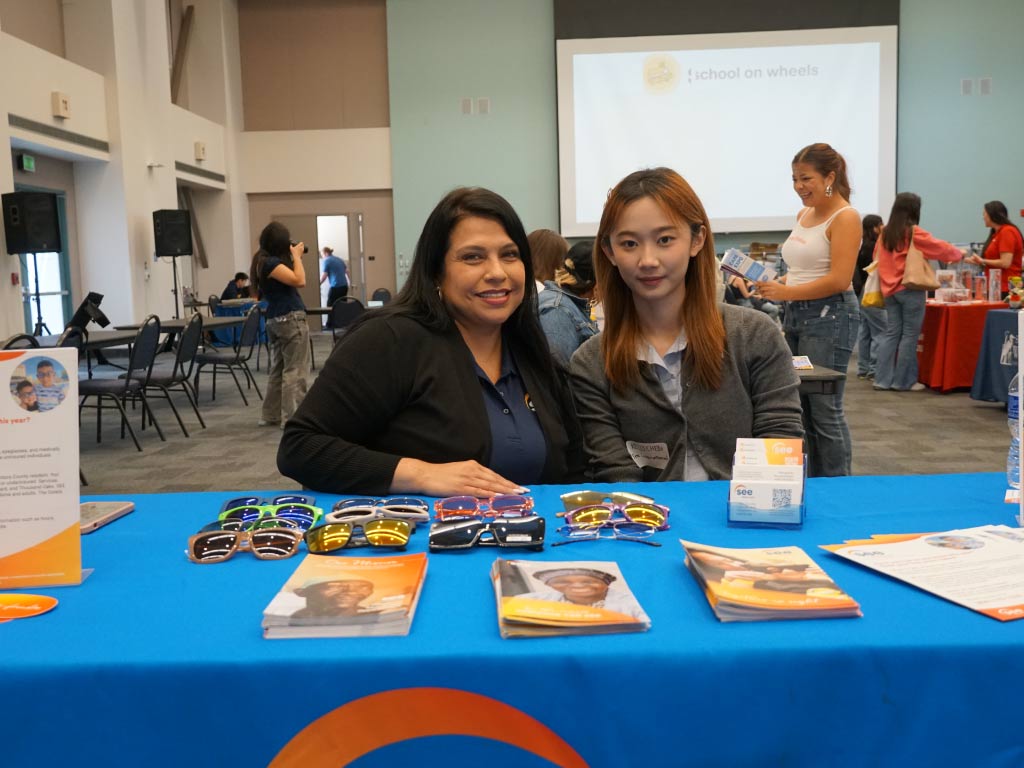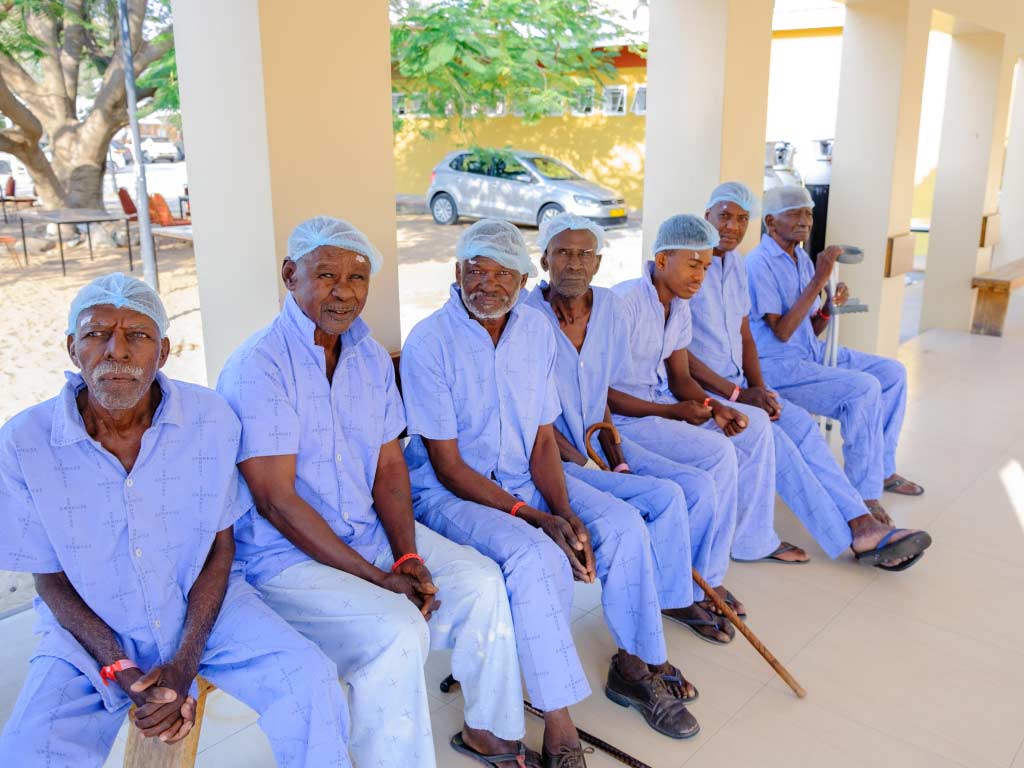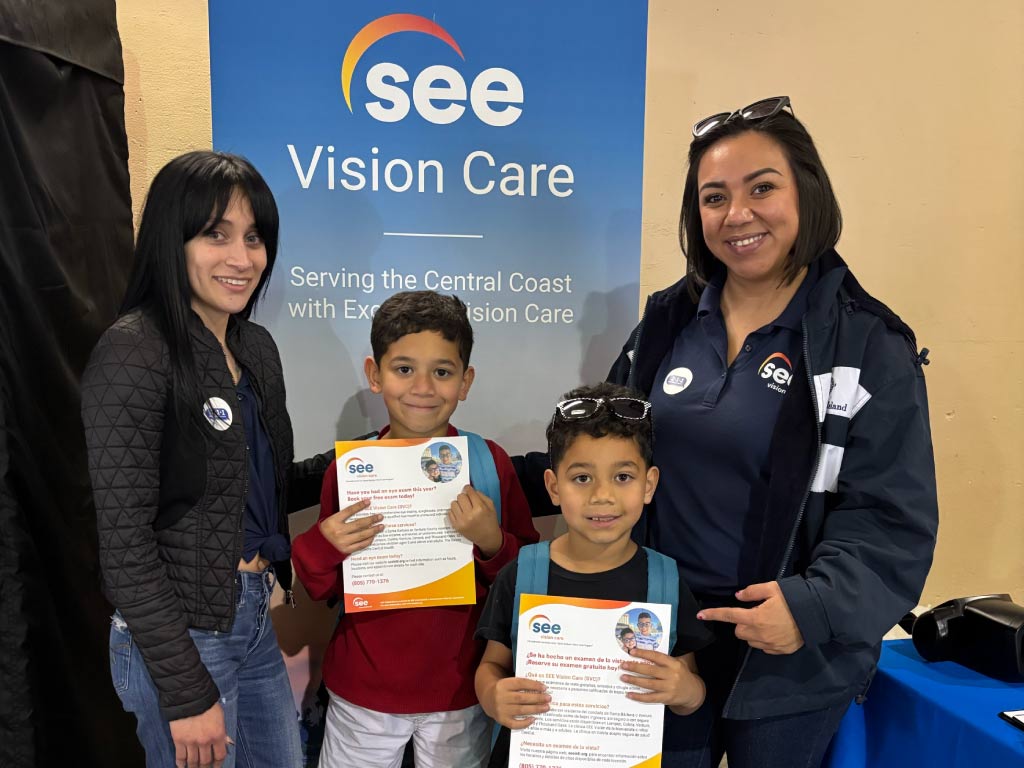Written by former SEE President / CEO
Ever since I joined SEE International back in 2012, I’ve noticed that the most heart-warming stories from the field that I hear are about the children, whose lives are transformed by our generous volunteer surgeons and donors. Those of you who have followed our work for the last couple years will probably remember Angel, from Zihuatenejo, Mexico. Angel, who had been born with cataracts in both of his eyes, went from being painfully shy and quiet, to getting in trouble for talking too much in class after we restored his sight. Ngombo, whom I met in the Congo, couldn’t wait to be able to see her favorite TV show, Dora the Explorer. Isaac and Israel, two brothers in the Ivory Coast who were also blind from cataracts, wouldn’t leave their mother’s side. But after their surgeries, the instant their eyepatches came off and they could see again, they started running all around the hospital, exploring their new world. These children and thousands more have brighter futures, thanks to supporters like you. I hope their stories bring as much of a smile to your face as they do to me.
August is Children’s Eye Health and Safety Month, so I’d like to take a few minutes during this busy back-to-school season, and remind you to remember one of the most important learning tools: children’s eyes.
Because children are still growing, being vigilant about eye health is important. The earlier problems are identified; the sooner they can be addressed. For healthy eyes and vision throughout the school year, SEE and The American Academy of Ophthalmology recommend the following four tips:
- Get regular childhood vision screenings – Children’s eyes change rapidly, making regular vision screenings an important step in detecting and correcting eye problems early. For school-age children, a vision screening, which is less comprehensive than a dilated eye examination by an ophthalmologist, can be performed by a pediatrician, family physician, nurse, or trained technician during regular checkups. If the screening detects a problem, the child may need to see an ophthalmologist.
- Know and share your family eye health history – Everyone should find out whether eye conditions or diseases run in their family. Parents should share that information with the person performing the screening when possible. Examples of common eye conditions include nearsightedness, crossed eye, known as strabismus, and lazy eye, known as amblyopia. If these are not treated in childhood, they can cause permanent vision loss.
- Watch for signals of eye problems – Parents should be alert to symptoms that could indicate an eye or vision problem, such as complaints of eyestrain, headaches and squinting when reading or performing other common activities. Other symptoms to look for include a white or grayish-white coloring in the pupil, one eye that turns in or out, or eyes that do not track in sync together.
- Wear protective eyewear when playing sports – Eye injuries while playing sports can cause serious damage, whether by getting smacked with an elbow during basketball or hit with a hockey stick. If your child plays racket sports, hockey, field hockey, baseball, or basketball, consider having them wear goggles or other certified protective eyewear.






